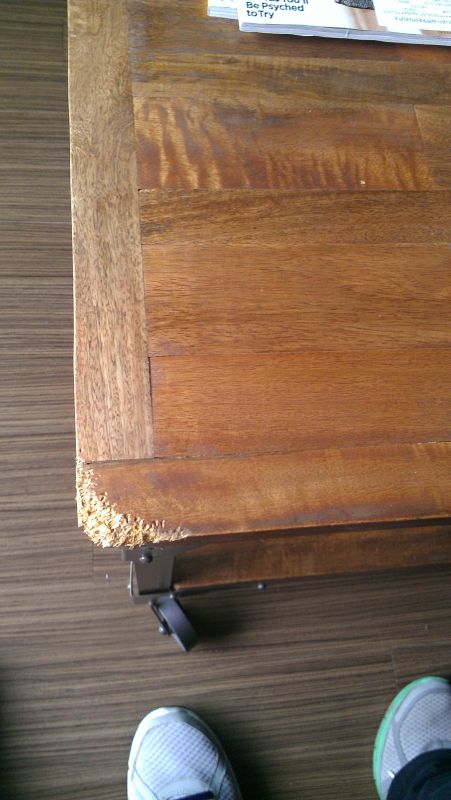Question
Hey guys. The other day I had someone refer to some of the types of finishing that he does. One type he mentioned was "burnishing". Now what exactly does he mean by this and how is it done for a finish? I know by dictionary what it says, but what is it in finishing circles?
Forum Responses
(Finishing Forum)
From contributor R:
Ok you’re talking to someone from the UK so the terminology may be different. Being involved with antique furniture restoration I am occasionally asked or required to burnish after French polishing. To put it quite simply it is the act of shining up a surface. In the UK we use what is known as "burnishing cream" which is similar to what you may use to bring out the lustre on a car body. It is thick and creamy in texture, wiped on and then vigorously buffed up, You can achieve a mirror finish but that is not often desirable. It is also useful for removing dull patches and can also removal glass marks on a table top.
Woodturners sometimes use wax or wax/oil/pigment finishes which are made up in stick form and applied to the spinning wood and then burnished in with handfuls of woodchips. Sometimes finishes are burnished (rubbed smooth) with paper bags, cardboard, newspapers, etc. So he might have meant quite a few different things - you have to ask.
You can burnish using the side of a 1/4 inch brass rod, a stiff piece of 9 or 10 oz leather; blue jeans material makes for a great burnishing tool. Try it by sanding a piece of stabilized wood to a 1200 grit finish, this is where many people stop. From here, hold the block firmly in one hand, while in the other you use the edge of the rod or leather to "stroke" the wood along the grain, using pressure and a brisk motion. Watch the surface of the wood and you will see the grain highlights appear with more intensity. Finish with the blue jeans material, again using a rolled edge to burnish the wood.
